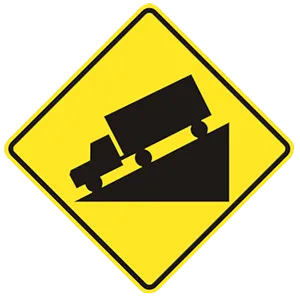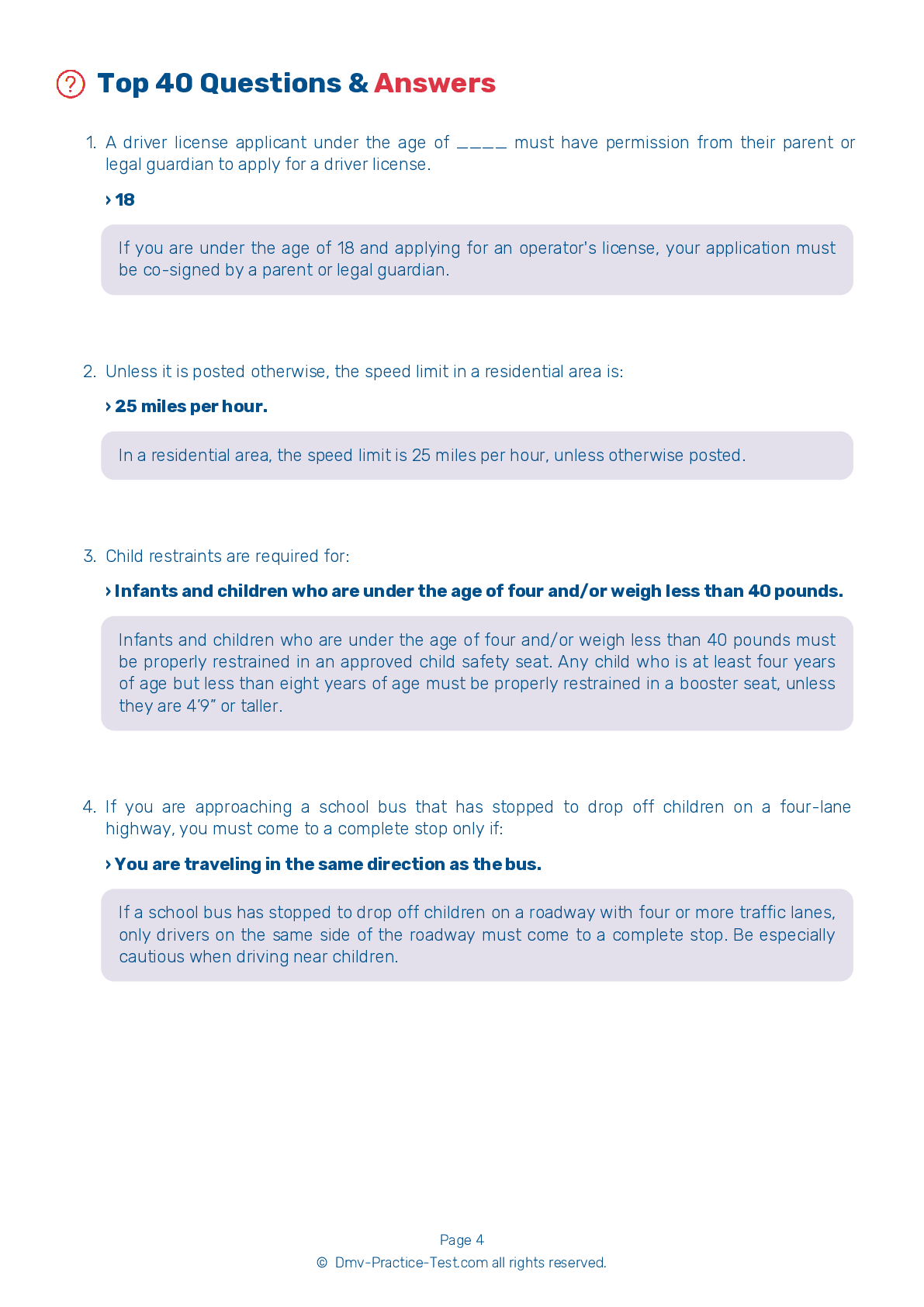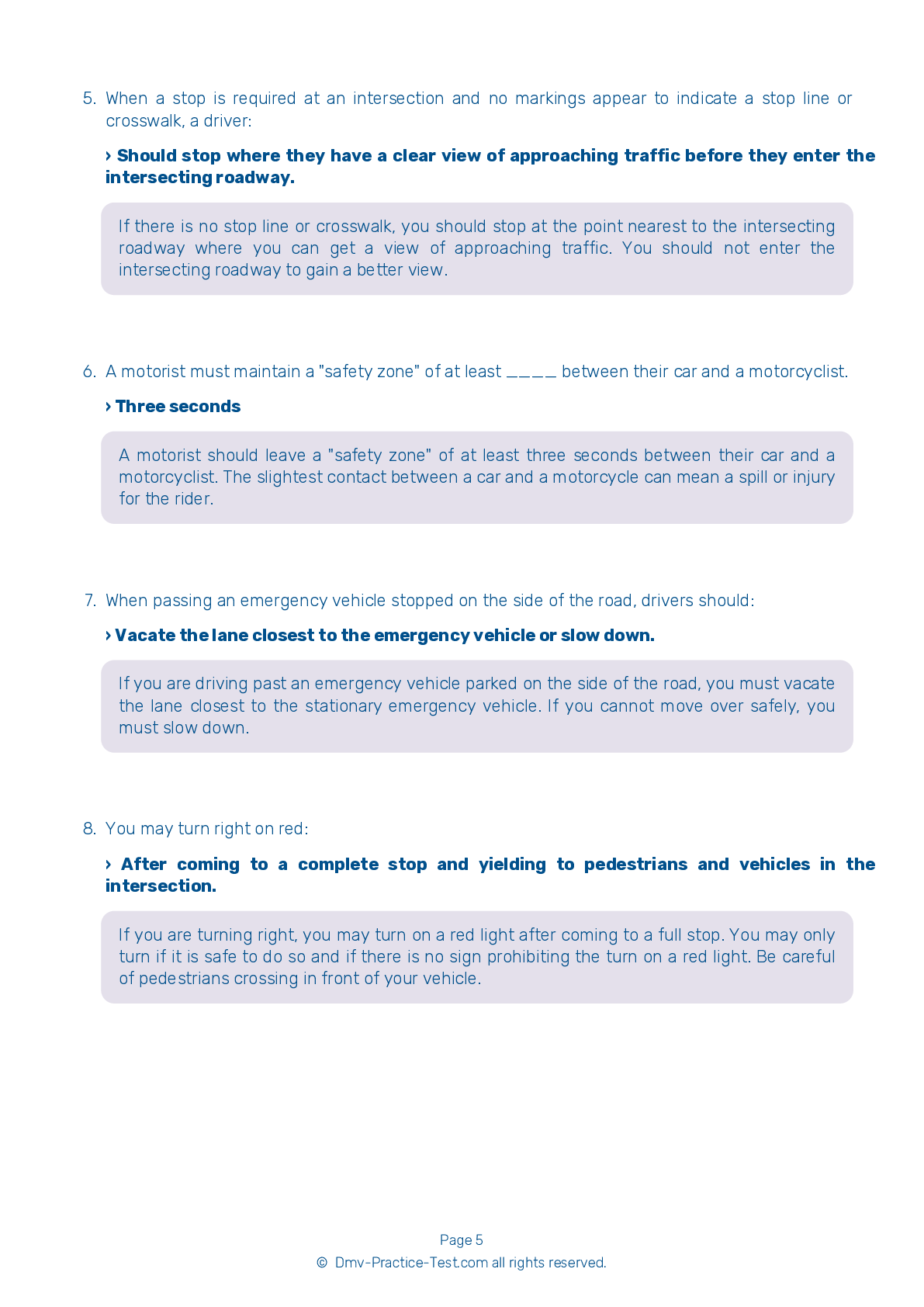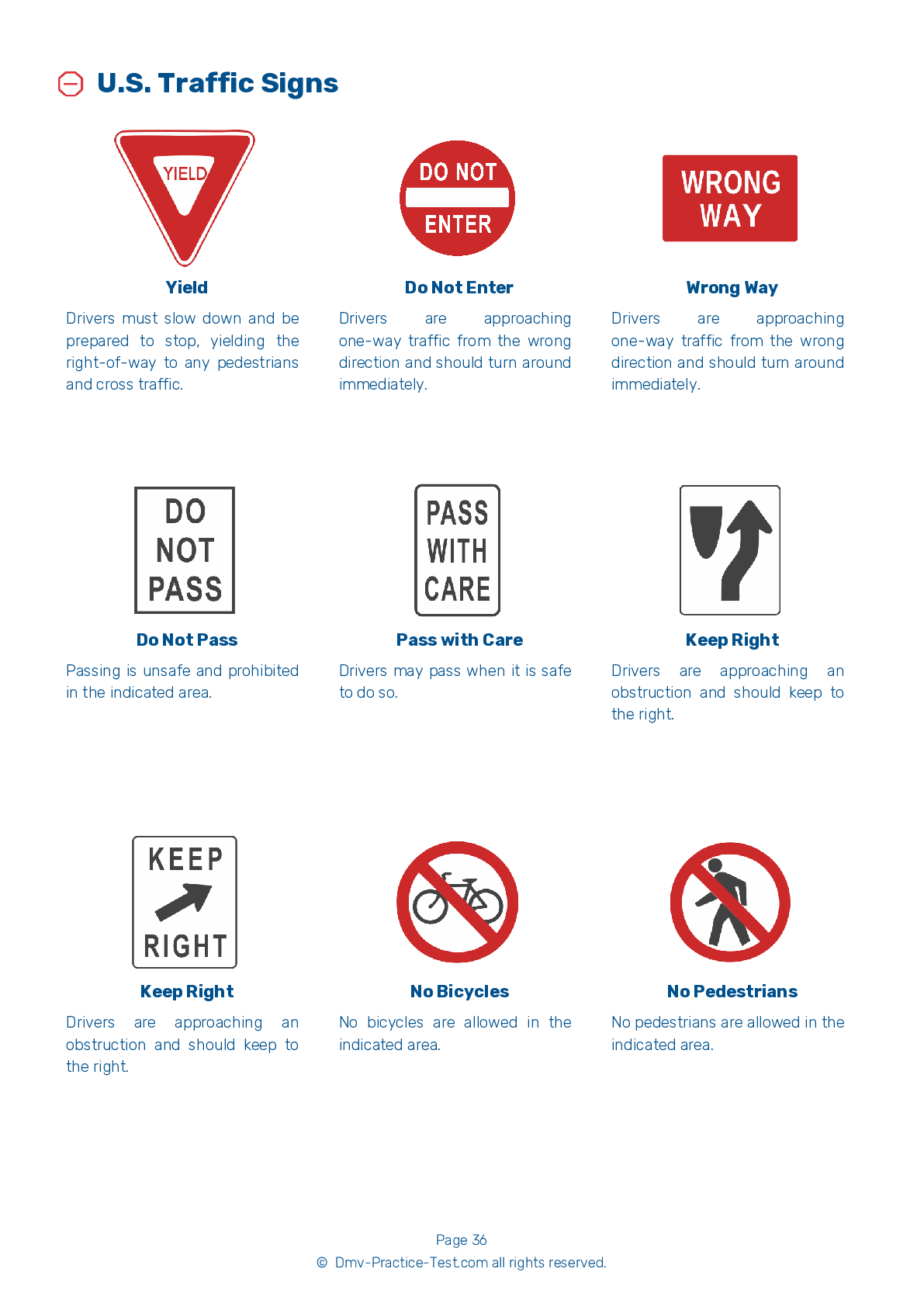FREE Ohio DMV Practice Test #7 Page 4 of 5
The practise exams for Ohio's DMV have been revised for January 2025. It comprises questions based on the most important traffic signals and laws for 2025 from the Ohio Driver Handbook. To study for the DMV driving permit test and driver's licence exam, use actual questions that are very similar (often identical!) to the DMV driving permit test and driver's licence exam.
Each question on the practise exam has a tip and explanation to help you recall the ideas. Questions about traffic rules, traffic signs, and driving statutes, as well as knowledge from the Driver Handbook, will be included in the written portion of the official Ohio DMV test.
You must properly answer 35 of the 40 questions to receive a passing mark. To help you prepare for your instruction permit or driver's licence, take this practise test from the Ohio Department of Motor Vehicles.
The DMV exam is offered in a variety of languages.
Using any form of testing help will result in an automatic fail, and the DMV may take further action against your driver's licence, so avoid it.
25 . A “No stopping” sign means that, unless directed to do so by a police officer, you may stop only:
A "No stopping" sign means you can only stop to obey a traffic signal, to obey a police officer, or to prevent a conflict with another vehicle.
26 . You are coming to a railroad crossing where the crossing signals are flashing. You should:
When approaching a railroad crossing, you must stop your vehicle no closer than 15 feet from the nearest rail if an installed electric or mechanical signal is giving warning of an approaching train. Be aware of other warning signs that may indicate an oncoming train, including seeing a lowered crossing gate or hearing an oncoming train.
27 . What should you do when an emergency vehicle is approaching while displaying flashing red or blue lights?
You must yield the right-of-way to all emergency vehicles using a siren, air horn, and/or flashing red, blue, or white lights. Where possible, you must pull over to the right edge of the road. If you are in an intersection, drive through the intersection before you pull over.
28 . When the driver behind you wants to pass, you should:
When the driver behind you wants to pass, you should slow down so that there is enough room in front of your vehicle for the other driver to complete their pass. This will allow them to complete the passing maneuver in less time and more easily.
29 . Don’t follow other cars too closely because:
If you follow too closely and the vehicle in front of you slows or stops suddenly, you may not have enough time to avoid a collision.
30 . This sign means:

Warning signs are used to warn drivers about upcoming hazardous conditions and are usually yellow with black markings. This sign warns drivers that an upcoming bridge may be too narrow to meet or pass a truck and that they should be careful.
31 . This road sign means:
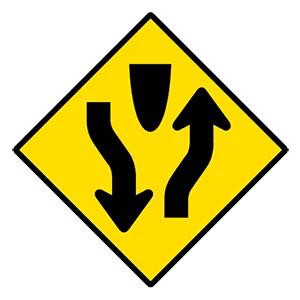
This sign indicates that a divided highway begins ahead. The road will split into two one-way roadways separated by a median or divider. You must keep to the right.
32 . This road sign means:
